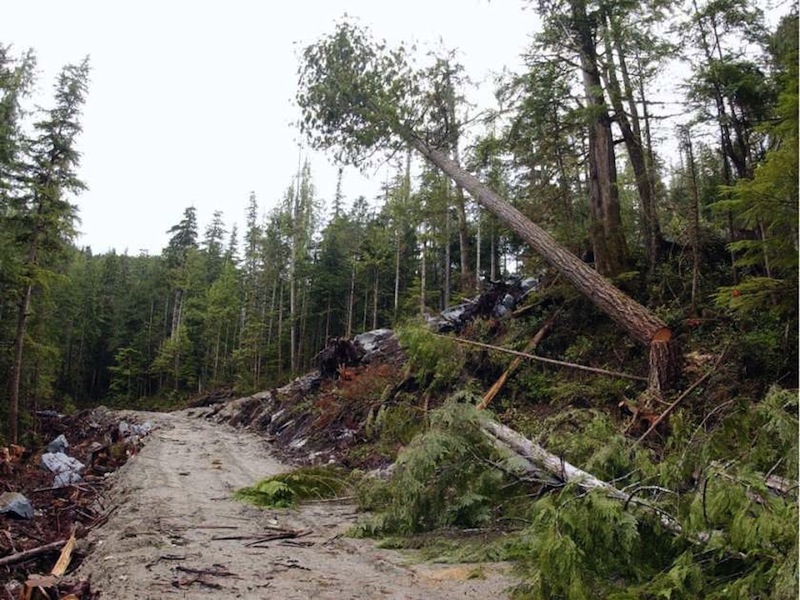
Opinion: Vancouver Island’s rainforest and communities need urgent action
Check out this excellent summary opinion piece about BC's endangered old-growth forests by diverse authors from labor, business, First Nations, enviro-group & science.
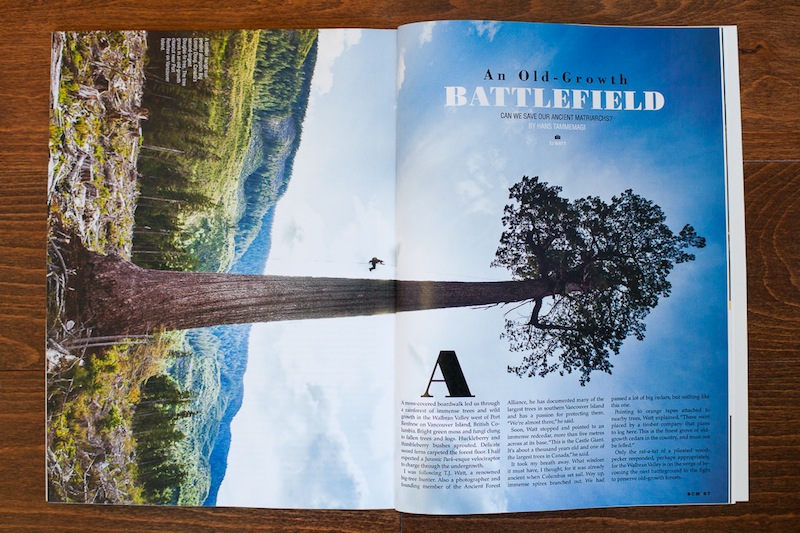
An Old-Growth Battlefield: Can We Save Our Ancient Matriarchs?
Pick up a copy of British Columbia magazine, which features an article by Hans Temmegai about the endangered old-growth forests of Vancouver Island and the Ancient Forest Alliance's campaign to protect them. See spectacular photos by the AFA's TJ Watt!

B.C. municipalities support Vancouver Island push to save old-growth forests
Check out the Vancouver Sun article about the Union of BC Municipalities' vote yesterday on a resolution asking the provincial government to end old-growth logging on Vancouver Island. See the brutal photo (by the AFA's TJ Watt) of the clearcut liquidation of what was once some of the grandest old-growth forests on Earth in the Klanawa Valley near the West Coast Trail.
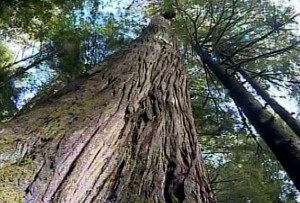
BC municipalities back push to protect Vancouver Island’s old-growth forests
Here's an article about the Union of BC Municipalities' fantastic resolution calling on the province to amend the old Vancouver Island Land Use Plan to protect the remaining old-growth forests.

Editorial: Victoria must intervene in renewed ‘war in the woods’
This is a big deal: The Vancouver Sun editorial board is calling on the BC Liberal government to show some actual leadership and chart a new course of policies regarding the fate of our old-growth forests as conflicts escalate in places like the Sunshine Coast and Vancouver Island! While we don't agree with all of the sentiments they've expressed, the main fact that BC's largest newspaper recognizes that the status quo of old-growth liquidation is ramping up conflict and uncertainty in the forest industry and requires government leadership in the lead-up to a provincial election next May puts big pressure on the BC Liberal government to change course.
They write:
"There is a legitimate discussion to be had about the value of old-growth forests, about whether what remains on the South Coast and Vancouver Island is sufficiently protected, about the extent to which the remaining inventory should be protected, and about resource jobs and the rights of companies to do legal business. Surely, however, there is also a clear role for the provincial government, which has duties of both environmental stewardship and resource management, to serve as an intermediary in such conflicts by providing clear, science-based, arm’s-length evidence as the foundation for an even-handed conversation and to help the two groups whose interests it represents to find common ground. More leadership and less lethargy from Victoria, please."

Feature: Big Lonely Doug
Check it out! The Walrus Magazine has a feature about Big Lonely Doug, Canada's 2nd largest Douglas-fir tree, the forestry worker Dennis Cronin who decided to leave him standing, and the battle for old-growth forests on Vancouver Island! Photos by the Ancient Forest Alliance's TJ Watt!
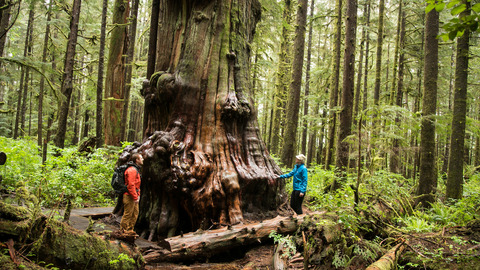
Port Renfrew: Walking among ancient giants
Check it out! New Zealand's largest newspaper has an article about the Ancient Forest Alliance, the importance of old-growth forests for the tourism economy of Port Renfrew, and the campaigns to protect old-growth forests including the Central Walbran Valley.
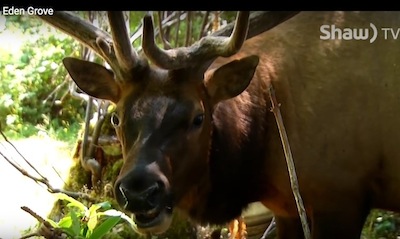
VIDEO: Eden Grove
Check out this great new Shaw TV video about the stunning "Eden Grove" (ie. Lower Edinburgh Grove), one of the finest but endangered lowland valley bottom old-growth forests left on Vancouver Island! Filled with ancient cedars and Douglas-firs, and with bears, cougars, wolves, deer, elk, northern goshawks, and marbled murrelets. Located near Port Renfrew in Pacheedaht territory at risk by Teal-Jones. Thanks to videographer Lorraine Scollan for putting this together!

VIDEO: Cave Protection
Check out the new ShawTV piece by videographer Lorraine Scollan on Vancouver Island's magnificent system of caves and MLA Scott Fraser's private members bill to afford them greater protection! The Ancient Forest Alliance's Ken Wu and TJ Watt were lucky to poke their heads into the entrance of a beautiful cave near Port Renfrew but could not enter without the proper gear and know how.

Spectacular video released of three climbers scaling one of the largest and most famous trees in Canada
CHEK TV has also featured our new DRONE video of climbing Big Lonely Doug and they have brought in our old-growth protection message strongly!
